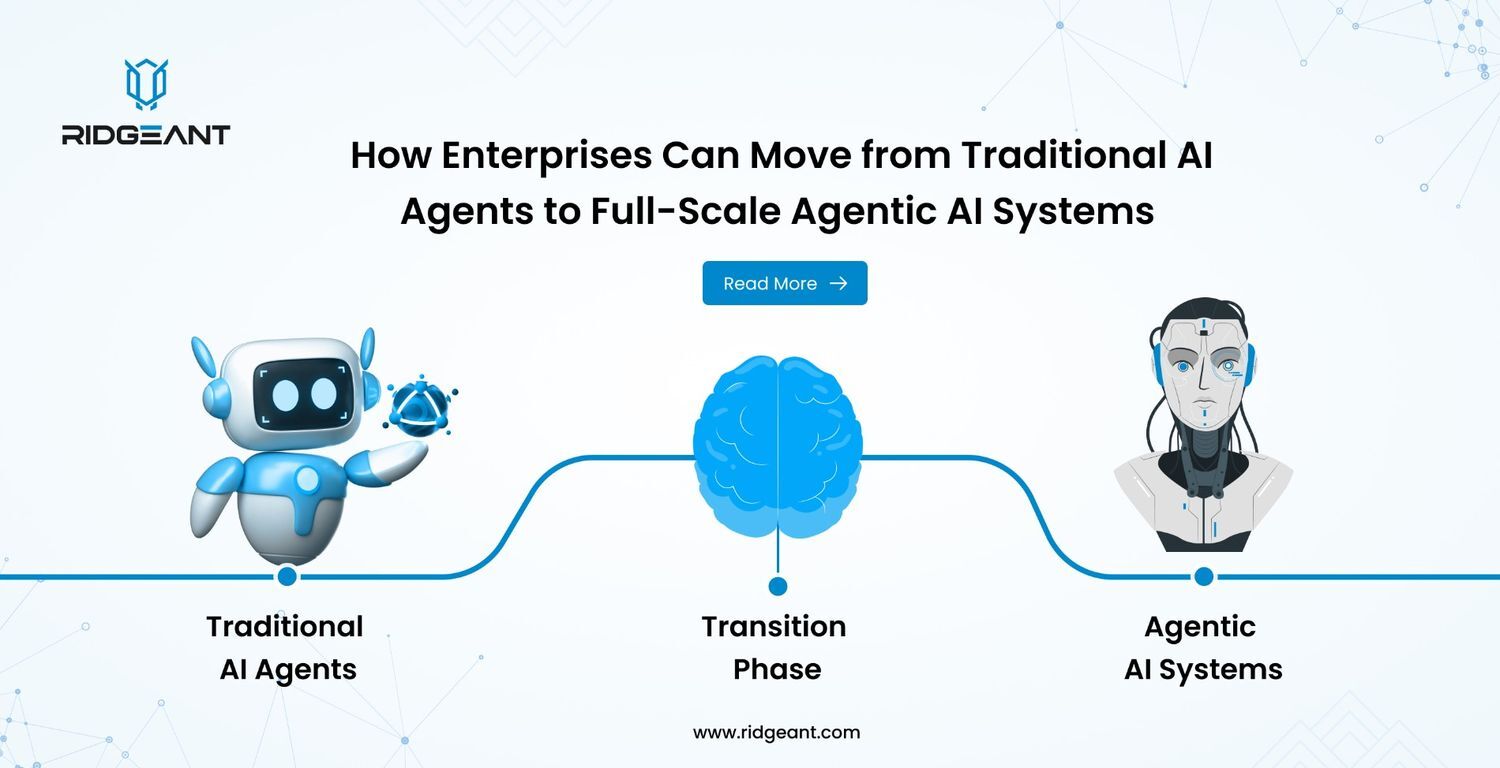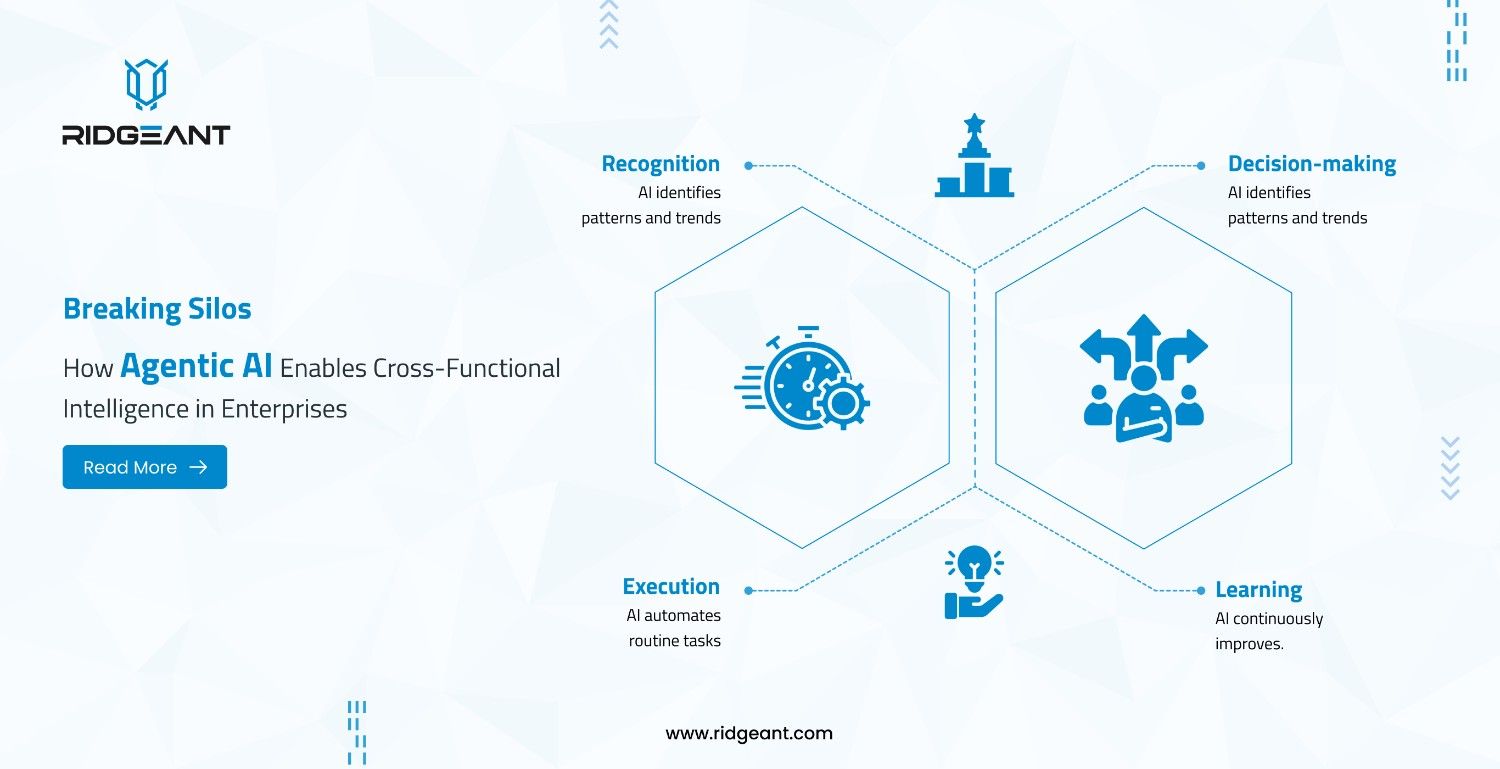
Data, worldwide, has been coming from various sources and organizations are attempting to make the most of it. What is important is to get the data together and use it for business benefits. And that can be done with proper data warehousing and data integration techniques.When it comes to data integration tools, Snowflake is one popular and indispensable technology that has a huge fan following. Snowflake is ideal for creating cloud-based data warehouses by integrating multiple data sources in a unified location for insightful analysis. Leveraging Snowflake services for data integration can be of optimal use for organizations. Snowflake integration is an interesting technique that can be performed with certain techniques.This article focuses on an overview of Snowflake, data integration, and details about what is Snowflake integration and methods of processing it.
Snowflake – An Overview
Snowflake isn’t just a great technology company. We’re all about the data—easily enabling governed access to near-infinite amounts of data, and cutting-edge tools, applications, and services.Snowflake is a cloud-based data warehouse service that offers a robust mechanism to store and retrieve data. It offers the ‘Compute’ and ‘Storage’ units separately in its architecture and hence allows users to flexibly pay for either, as per their needs.It is a modern-day concept since it doesn’t need any installation, configuration, management, etc. It also needs no dedicated resources for its implementation. It facilitates easy and fast sharing of data in real-time with high-end security.Key Features of Snowflake
- Enhances the analytics pipeline to real-time data streams
- Makes use of the Caching Paradigm to offer faster output
- Increased data-driven decisions through access to important insights
- Valuable analysis of client behavior with their utilization of products
- Secure and live communication of data for better coordination
Data Integration – An Overview
Data integration is a consolidated process to combine data coming from disparate sources, into a unified view, for in-depth and actionable insight. It empowers organizations to perform detailed analysis on huge volumes of data, unveiling hidden patterns and realities.The process of data integration includes performing the ETL process, data preparation, data migration, and data warehousing. It lessens errors and offers clean, usable data to organizations. It offers a comprehensive view of the key performance indicators, risks, supply chain operations, and other components of the business workflow.Key Features of Data Integration
- Consistent, clean, consolidated information throughout
- Availability of cross-functional information
- Lessened errors and rework
- Faster preparation and analysis of data
- Automation and job scheduling
- Drag and drop user interface
- On-premises and cloud-driven
- Limitless scalability
- Data integrity, quality, and security
Snowflake Integration – An Overview
Now that we have an overview of Snowflake and data integration on an individual basis, let us understand what Snowflake integration means.Snowflake integration empowers users for data integration with different ETL tools and data integration tools like Talend, Informatica, Matillion, Tableau, Hevo, etc. Reducing the longer timings taken by the ETL, FTP, and EDI processes, the Snowflake Data Exchange offers faster integration and processing of your data with complete JSON support with scaling of compute resources.It ensures that the data that is being integrated is adaptable and gels well with the loading position to fit exactly with the current information. Data ingestion, i.e., data addition to a repository, is also a part of Snowflake integration.Snowflake and Integration
Some of the popular data integration tools and technologies that offer native connectivity to Snowflake are Google Cloud, Hevo, Boomi, Denodo, Informatica, Agile Data Engine, IBM DataStage, Workato, Ab Initio, Pentaho, Fivetran, Tableau, etc.The Process Involved in Snowflake Integration
Snowflake follows a standardized process as it transforms the data that is loaded and works as a cloud-driven platform. Here are the steps involved:- Loading of data is done with the COPY command from the different local files or cloud-based stores. A range of file formats are supported and different data conversion functions are supported.
- There is a wide range of data types that are supported like string, date-time, numeric, logical, etc. It also supports semi-structured and unsupported data types.
- It also assists in writing stored procedures, combining JavaScript and SQL, offering branching, looping, error handling, dynamic creation of SQL statements, and role-driven procedure execution.
- Different table updates like insert, update, and delete are kept track of, along with the metadata. There are modified tables that consist of metadata columns.
- The data ingestion activity needs CI/CD pipelines for automation and scheduling on a routine basis once the code is out for deployment.
- Snowflake integration creates different tasks and dependencies for the consequent execution of tasks one after the other.
Different Ways in Which Snowflake Integration Can Be Done
Snowflake ETL Tools
Snowflake Connector for Python
Snowflake Environment














